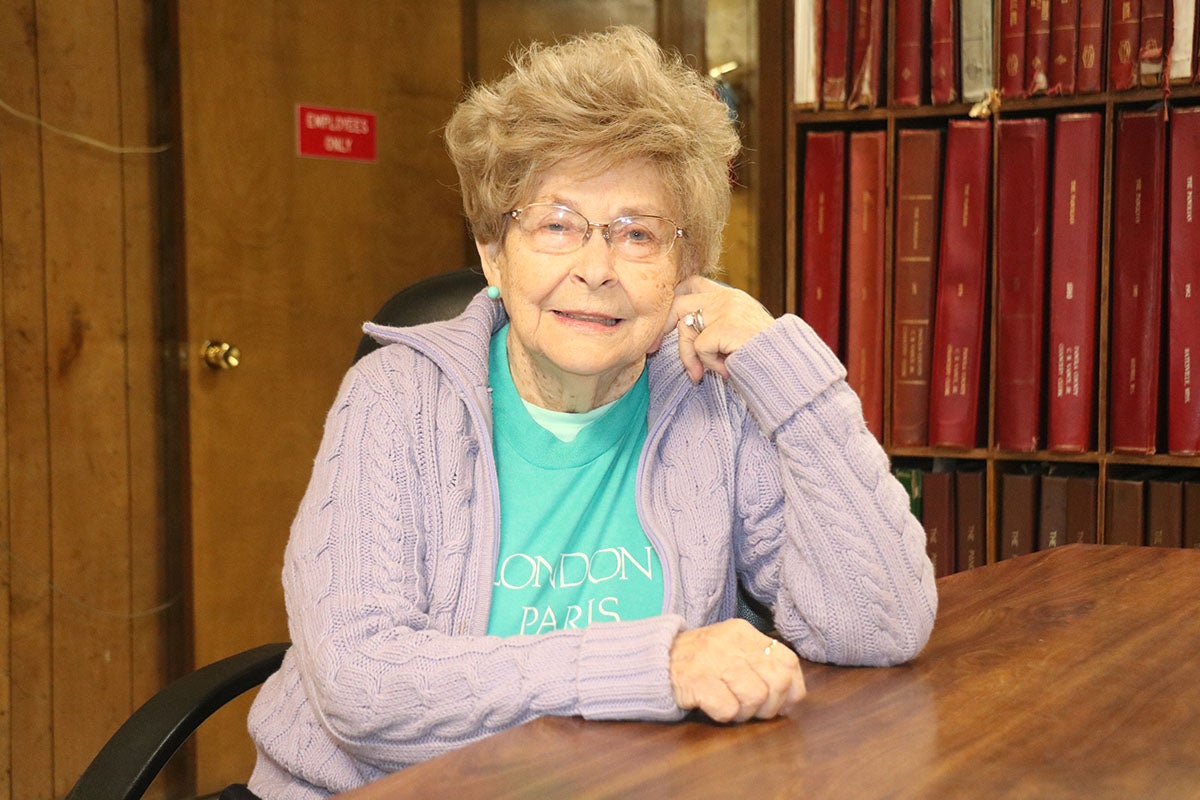SPSD Test Scores
Published 12:00 am Tuesday, November 24, 2009
By Rupert Howell
South Panola School District has been labeled “Academic Watch” under the recently released statewide accountability system with two of four schools rated At-risk of Failing, one rated Successful and one rated High Performing.
Under the new system, schools are rated as Failing, At-risk of Failing, Low Performing, Academic Watch, Successful, High Performing and Star District.
Factors determining the rating include Quality of Distribution Index, or QDI, a representation of the distribution of students’ scores across state-wide tests.
A second factor is Growth Status, a measurement tool recording whether students have received a year’s worth of learning from the previous year.
The district as a whole scored 141 on QDI which is measured on a scale of 0-300 with 300 being highest. The state average QDI is 149. Growth was not met district-wide according to the report.
School Superintendent Dr. Keith Shaffer told school board trustees the overall ranking was equivalent to a ranking of “three” under the previous system at last Thursday’s board meeting.
South Panola High School ranked High Performing with an 80.60% High School Completion Rate and 180 on QDI.
High school students also scored well by scoring proficient and advanced in subject area testing in Algebra I -67%; biology-76%; English II-55%; and U.S. History-74%.
Pope Elementary met Growth and was ranked successful with a QDI of 149.
Batesville Junior High and Batesville Middle School were both ranked At-risk of Failing and neither met academic growth standards.
Batesville Junior High’s QDI was 132 and Batesville Middle School’s was 122.
Only grades 3-8 are given the Mississippi Curriculum Test II which is used to measure learning activity. Grade three at Batesville Middle School had a QDI of 155 which would rank it as successful according to Shaffer, who explained that those students had no previous MCT2 test from which to compare whether learning growth was met.





